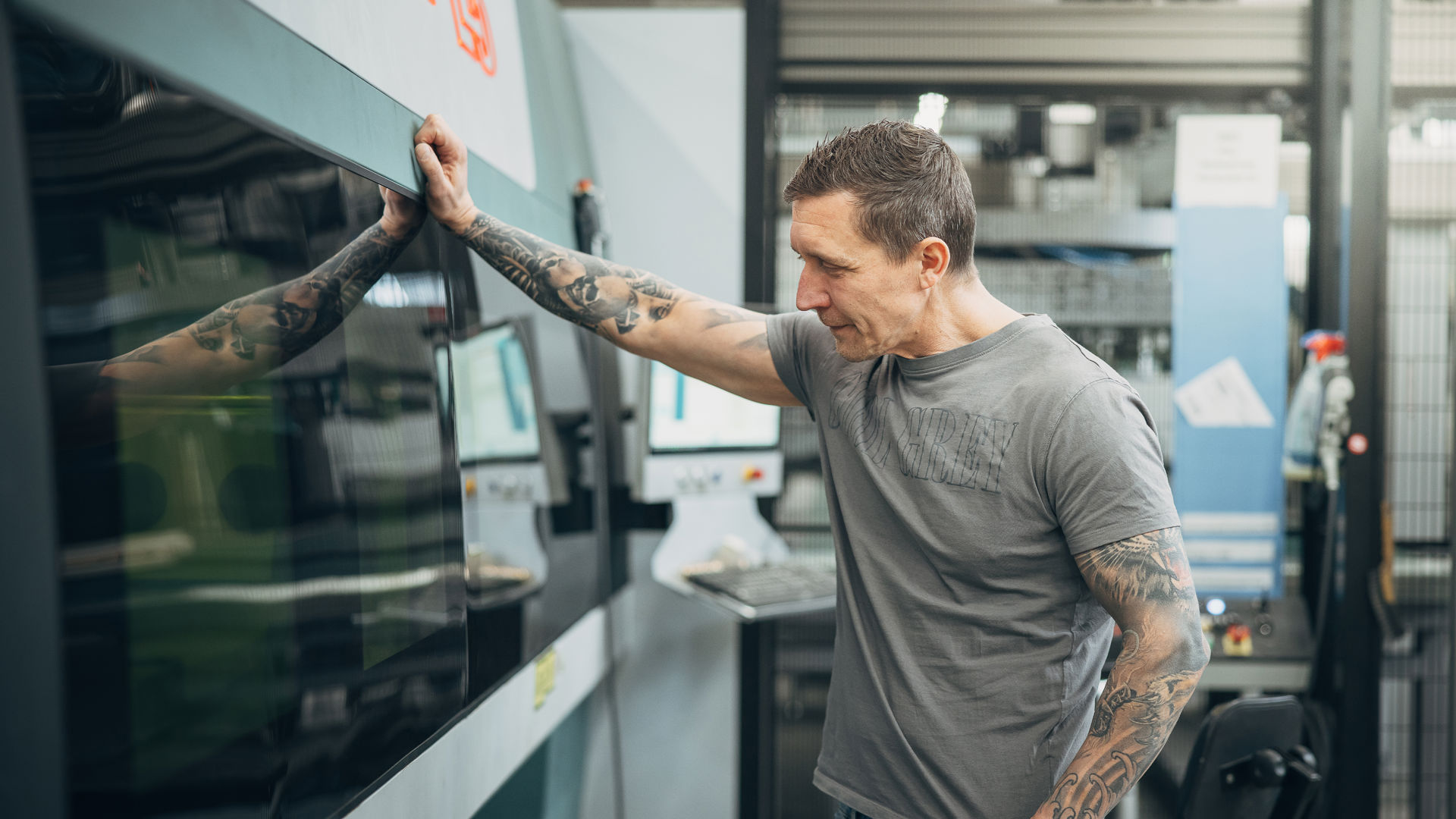Part 6: Delivery and Aftermarket
The drying cabinet – Built on insight, shaped by experience
The process doesn’t end when a drying cabinet leaves production. The next step is getting the product in place – and making sure it performs as intended for years to come. Delivery and aftermarket are a continuation of the development process, where logistics, installation, and support are essential parts of the whole.

Transport and handling
Drying cabinets require careful handling during transport. They are delivered upright and should not be laid down – especially models with heat pumps. In exceptional cases, such as trailer transport, a cabinet may be transported horizontally but must then stand upright for a certain period before being put into operation.
To reduce environmental impact, deliveries are consolidated whenever possible. For larger customers, transports are planned to leave the factory fully loaded.
Lead times and order flow
NIMO produces to order and does not keep stock. This means that every product is built to specification. Delivery times vary depending on product group and season, with an average lead time of 4–6 weeks. Some models are faster, others require more planning.
Installation and commissioning
Each drying cabinet is delivered with clear installation and operating instructions. A key installation requirement is that the cabinet must be secured to a wall – regardless of model. For additional questions during installation or start-up, users typically contact their reseller or NIMO’s service team directly.
Aftermarket and support
Drying cabinets are often distributed via wholesalers and resellers, meaning NIMO rarely has direct contact with end users. Support is therefore primarily provided for specific issues, spare parts, or technical guidance. When feedback is received in connection with a support matter, it is often used to improve both the product and communication.
Delivery and aftermarket are the final steps in the process – but not final in the sense of “complete.” The product is in use, but the work of securing performance, lifespan, and user experience continues for as long as the cabinet is in operation.
